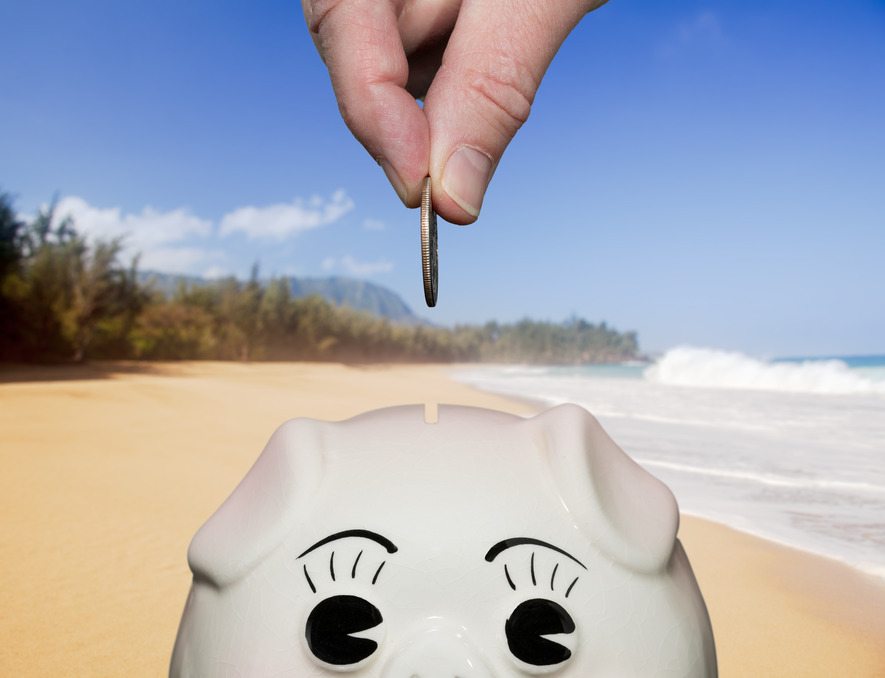When we think of saving for goals, our thoughts often jump straight to the big, longer-term goals, like buying a home, paying for college, and retirement. Rarely do we think about saving up for goals like a vacation or a new computer.
However, saving up for these short-term goals can be just as important as saving for the long-term goals. One of the reasons that it’s so easy to rack up credit card debt is because putting $1,000 on the credit card seems easier than saving up over time. Getting out of this mindset can be a big help to you down the road. After all, saving up for short-term goals can mean that you have the chance to earn interest rather than pay it.
Planning for Short-Term Goals
Consider the big-ticket items you are likely to spend money on in the next few months. Do you want to buy a new TV? Perhaps you are planning on a family vacation. Maybe you are ready to buy a new bedroom set. Many of us use special financing deals to make these purchases, or we put them on credit cards. This sets us up to use someone else’s money for our purchases — and that costs us.
Instead, plan ahead. “The best way to save for short-term goals is to save automatically in a high-interest online savings account,” says Ben Wacek, CFP® and founder of Wacek Financial Planning, LLC. Look ahead to what you want to do with the money, and create an account for it.
Wacek uses the example of a $1,500 vacation. For a vacation like this, you might want to plan 10 months of lead time. “Set up an online savings account and have $150 transferred automatically to this account each month,” he says. “In 10 months, you’ll have $1,500 saved and ready for your vacation.”
This tactic works in other ways as well. If you want to buy a TV for $900, figure out how much you can set aside each month for that goal. If you can set aside $300 per month, you will be ready to buy that TV in three months.
Whether it’s planning for a wedding, getting ready for next year’s holiday gift buying, or purchasing a new living room set, thinking ahead can put you in charge of the process. And, because you keep your short-term savings goal money in an account, you are actually earning a little bit in interest, rather than paying it to someone else.
Create a “Fun” Fund
In some cases, you might want to save up for an undefined short-term goal. Perhaps you want to have money available for a last-minute trip with your friends, or the ready cash available to take advantage of a great deal on laptop. In these cases, you can still make short-term savings goals work on your behalf. One way to do this is to create a “fun” fund.
The “fun” fund is an emergency fund for spontaneous, non-necessary activities. Figure out how much you can set aside each month for your “fun” fund. Each month, put this money aside, while budgeting as normal for your other categories, like entertainment. This fund is different from the monthly amount you set aside for going to the movies or eating out.
Once you have this fund established, you’ll start earning interest on the money you keep in the fund. Keep building it up, separately from your other planned expenses and short-term goals. When something unexpected, but fun, comes up you can use this fund to cover the cost, rather than running up credit card bills or declining to participate.
With a little planning and a high-interest savings account, it’s possible for you to save effectively for short-term goals, avoiding debt while still enjoying life.




